20 Daily Groceries That Have Steadily Doubled In Price
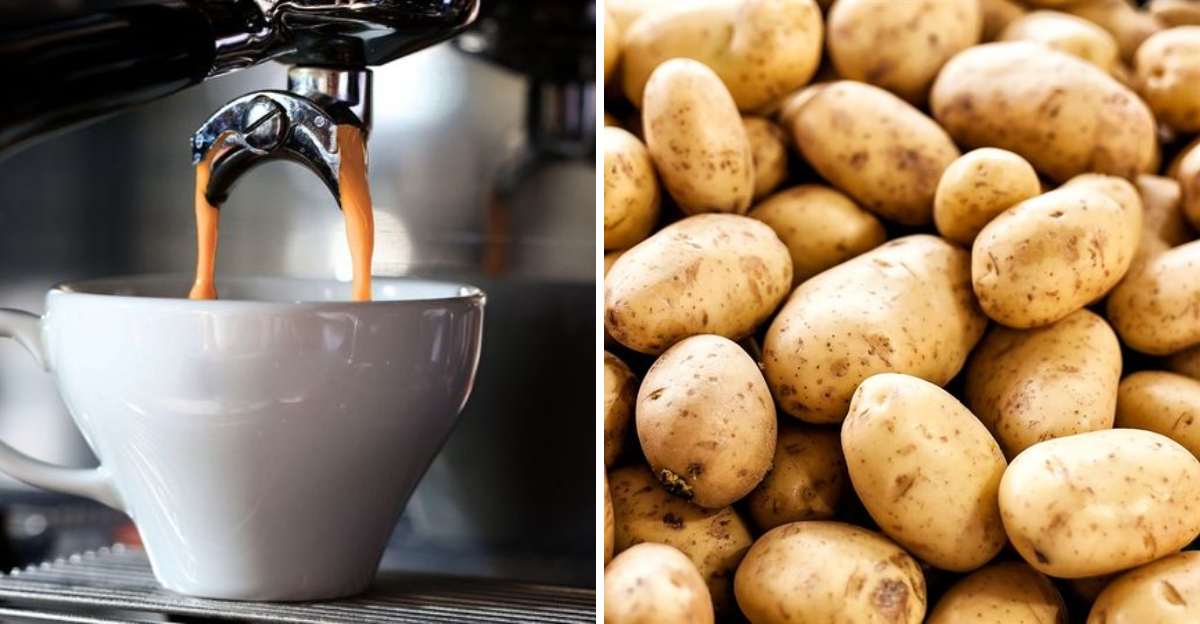
In recent years, the grocery aisle has become a place of sticker shock for many consumers. From essential pantry items to fresh produce, prices have climbed significantly, leaving shoppers to adjust their budgets and purchasing habits. This article explores 20 daily groceries that have steadily doubled in price, delving into the causes and impacts on the average household.
1. Eggs
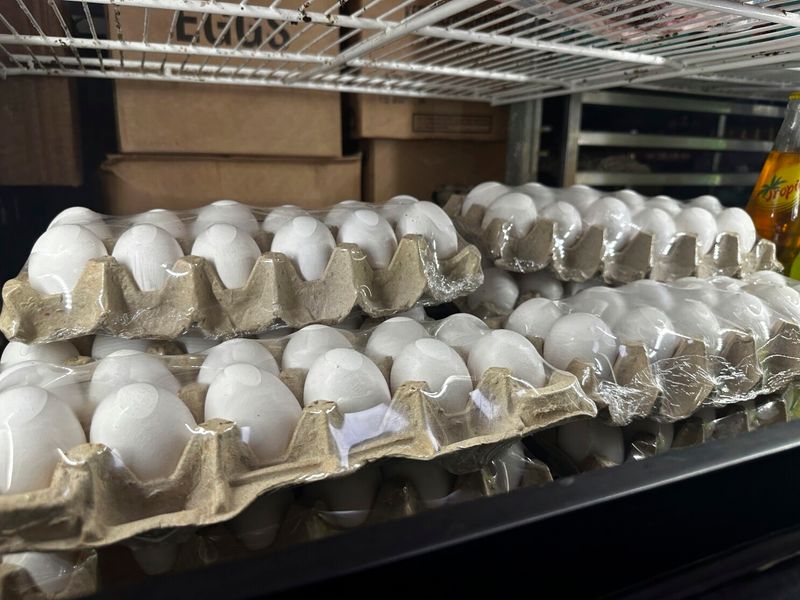
Eggs have gone from a budget staple to a pricey commodity in many households. A dozen eggs that once cost $1.50 now often exceed $3, or even $5 for organic or free-range options. This surge in price is partly due to avian flu outbreaks, which have reduced supply, and the rising costs of chicken feed. Consumers are feeling the pinch, especially those who rely on eggs as a primary source of protein in their diet. Whether it’s scrambled, boiled, or baked into cakes, eggs are no longer the bargain they used to be.
2. Butter

Butter is another kitchen staple that has seen a significant price hike. Factors like dairy shortages, increased production costs, and higher demand have all contributed to this rise. Where you once paid $2 for a pound, you might now spend $4 or more for high-quality butter. This affects everything from baking cookies to topping your morning toast. The rich, creamy texture that butter adds to dishes makes it indispensable, but its cost is a growing concern for those who bake or cook regularly. Budget-conscious shoppers are now seeking alternatives.
3. Milk
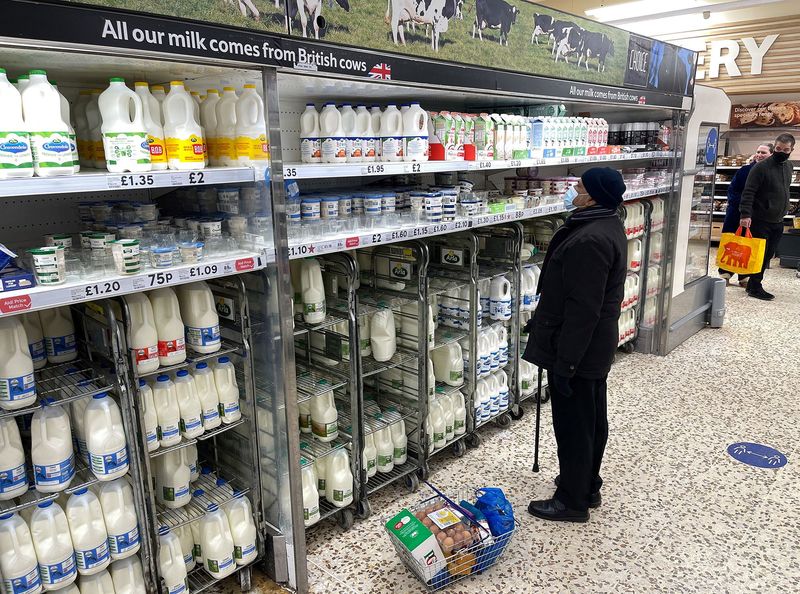
Milk prices have climbed, impacting both traditional dairy and plant-based alternatives alike. Rising energy and packaging costs, along with supply chain disruptions, have played a role in this increase. Whether you prefer cow’s milk, almond, or oat, expect to pay more than you did a year or two ago. This essential beverage for cereal, coffee, and cooking is now a more expensive part of the grocery list. Families with children, who consume milk daily, are especially feeling the financial strain. Searching for sales has become part of the routine for many shoppers.
4. Olive Oil
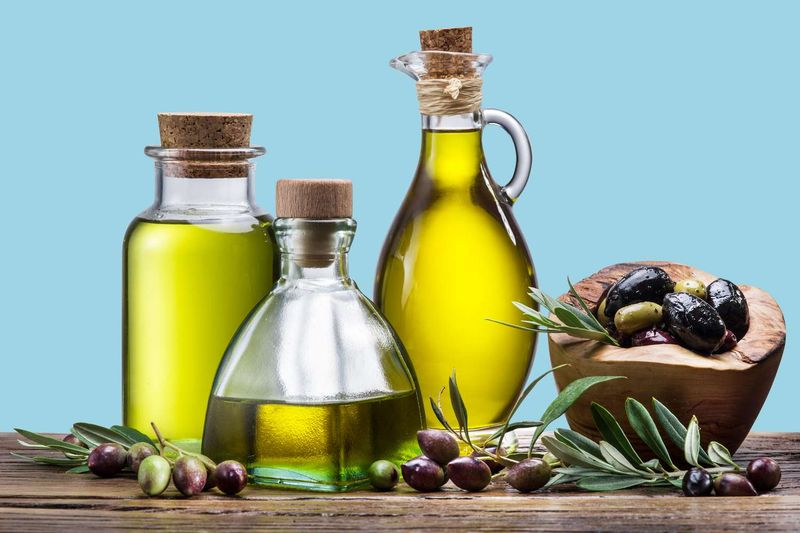
Olive oil, a staple in Mediterranean diets, has become almost a luxury item in some regions. Production issues in key areas like Spain and Italy, coupled with climate challenges, have driven prices up. A bottle that once cost $6 can now easily be over $12. This affects home cooks and chefs alike, as olive oil is used in everything from salad dressings to sautéing vegetables. The rich flavor and health benefits make it desirable, but its escalating price is causing some to reconsider its frequent use. Consumers may seek substitutes like canola or sunflower oil.
5. Flour
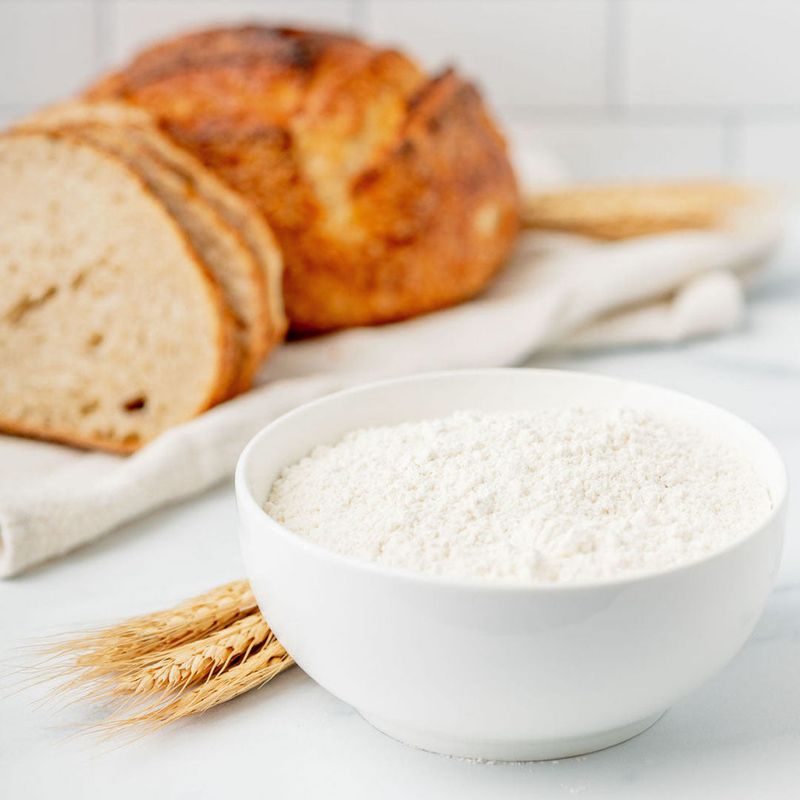
Flour, the foundation of countless recipes, has not escaped the wave of price increases. Wheat price hikes, driven by global demand and challenging growing conditions, have made baking at home more expensive. A basic bag of flour has crept up in price, turning budget-friendly baking into a costly venture. From pancakes to bread, flour is essential in many kitchens, and its cost directly impacts hobby bakers and professional chefs alike. While flour alternatives exist, they often come at an even higher cost, leaving consumers with difficult choices.
6. Sugar

The sweet treat of sugar has become a more costly addition to the shopping cart. From granulated white to brown sugar, prices have risen across the board. This shift is due in part to increased production costs and supply chain issues. Whether sweetening your morning coffee or baking a cake, sugar’s rising price is felt by all. Brand-name bags are particularly pricey, but even generic options are climbing. For those with a sweet tooth or a passion for baking, it’s a noticeable change. Many are now exploring natural sweeteners as alternatives.
7. Coffee

The comforting aroma of coffee comes with a higher price tag these days. Ground coffee, instant, and beans are all more expensive due to global shipping challenges, adverse weather conditions, and increased labor costs. From your morning brew to espresso, the cost has nearly doubled for some brands. Coffee lovers and cafes alike are feeling the strain, as their favorite blends become pricier. As consumers look for ways to cut costs, some are turning to subscription services or buying in bulk to find more value in their daily cup.
8. Pasta
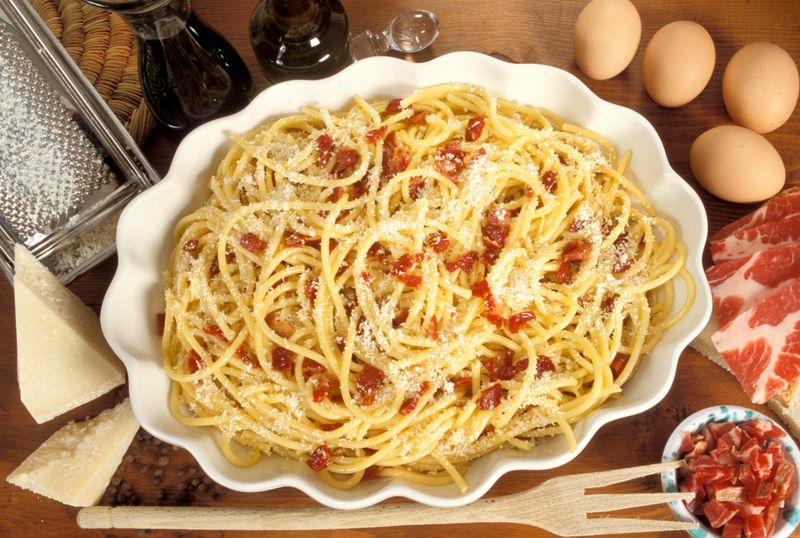
Pasta, the go-to meal for budget-conscious families, has also seen a rise in price. Basic spaghetti and other pasta varieties now cost nearly twice what they did just a few years ago. This increase stems from higher wheat prices and production costs. Pasta’s versatility and ease of preparation make it a beloved staple, but its climbing cost is straining wallets. From comforting macaroni and cheese to elegant spaghetti carbonara, the impact is felt by all. Creative recipes and substitutions are becoming more common as shoppers seek alternatives.
9. Rice
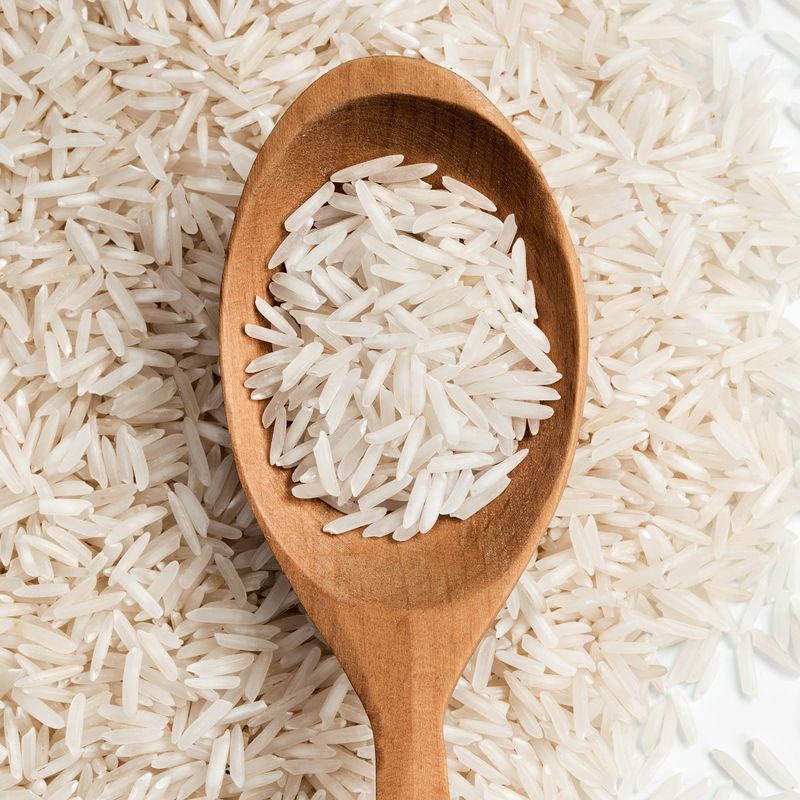
Rice, a global dietary staple, has not been immune to price hikes. Factors such as global shortages and export restrictions have caused prices to increase steadily. Whether you’re making a simple rice bowl or an intricate paella, the higher cost is evident at checkout. Its role as a fundamental ingredient in many cuisines underscores its importance, making this price increase particularly impactful. Shoppers are now considering alternative grains like quinoa or barley, though these often come with their own price tags. It’s a challenging time for rice lovers everywhere.
10. Bread

Bread, whether a simple sandwich loaf or a fancy artisan creation, has become more expensive across the board. Wheat prices, labor costs, and transportation fees have all contributed to this increase. Bread’s role as a daily staple in many diets makes this price jump hard to swallow. Families, cafes, and bakeries are adjusting to these changes, exploring new suppliers or even baking bread at home. From warm buttered toast to hearty sandwiches, the cost is felt with every slice. Some are turning to local bakeries for better deals.
11. Cheese
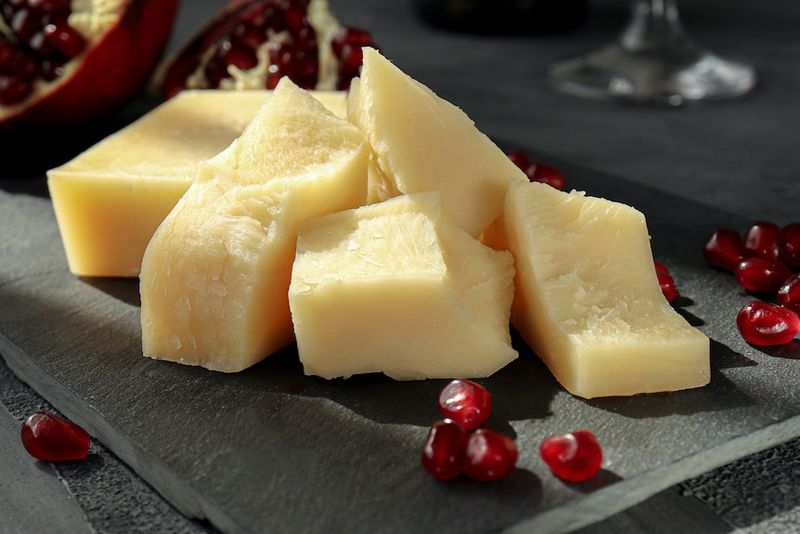
Cheese lovers are facing higher prices for their favorite dairy delicacies. From shredded cheddar to fancy wedges, all varieties have seen an increase. Dairy costs, aging processes, and packaging contribute to this rise. Cheese’s role in everything from pasta dishes to cheese boards makes it a versatile, yet now pricier, component of meals. Consumers are exploring different brands and seeking sales to manage costs. For those who indulge in gourmet selections or enjoy everyday grilled cheese sandwiches, the change is particularly noticeable.
12. Chicken
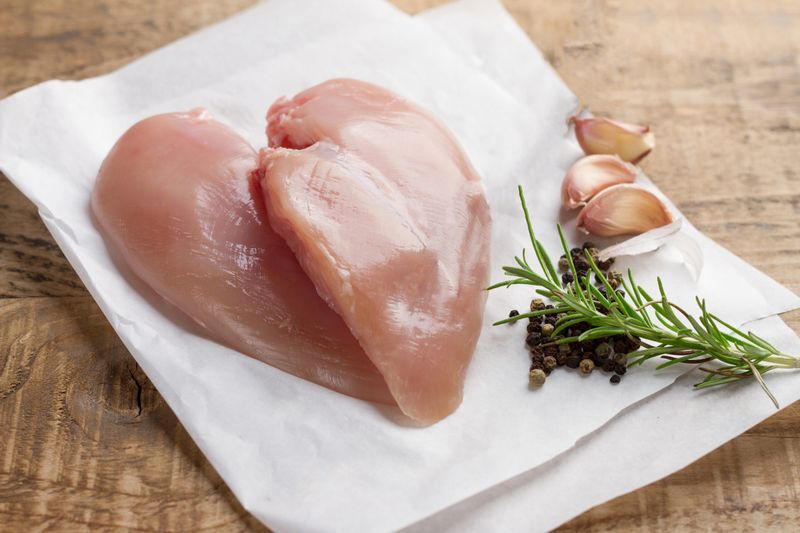
Chicken, a popular protein source, has seen prices soar across different cuts. Boneless thighs, wings, and tenders are all more expensive than ever. Factors like feed costs, labor challenges, and increased demand have driven this rise. For many families, chicken is a weekly staple, making this price increase a burden. Meal planning and exploring less popular cuts are some ways to cope. Whether for stir-fries, roasts, or barbecues, chicken’s role on the dinner table is vital, and its cost impacts many households.
13. Ground Beef

Ground beef, once a reliable choice for budget-friendly meals, has become more expensive. A pound can now be double what it cost a few years back, especially for lean or organic options. Rising feed prices, labor issues, and increased demand are contributing factors. Ground beef’s versatility in tacos, burgers, and meatloaves makes it a kitchen favorite, but the price change is noticeable. Shoppers are turning to plant-based alternatives or less processed cuts to adapt. The impact on household budgets is felt with every grocery trip.
14. Cereal
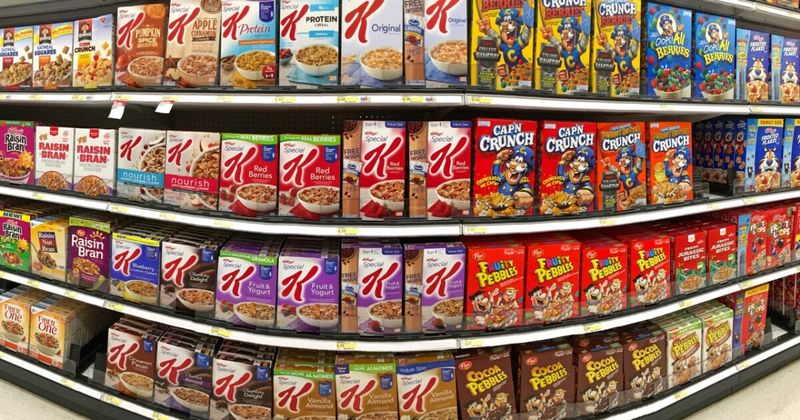
Cereal, a breakfast staple, has not escaped the trend of shrinking boxes and rising prices. Both name-brand and generic options are now more expensive, regularly pushing $5 to $7. This increase is attributed to production costs and marketing expenses. Families, especially those with children, are noticing the pinch as cereal becomes a pricier part of the morning routine. Exploring bulk options or homemade granola are ways some are adapting. The convenience and variety of cereal still make it popular, but the cost is a growing concern.
15. Peanut Butter
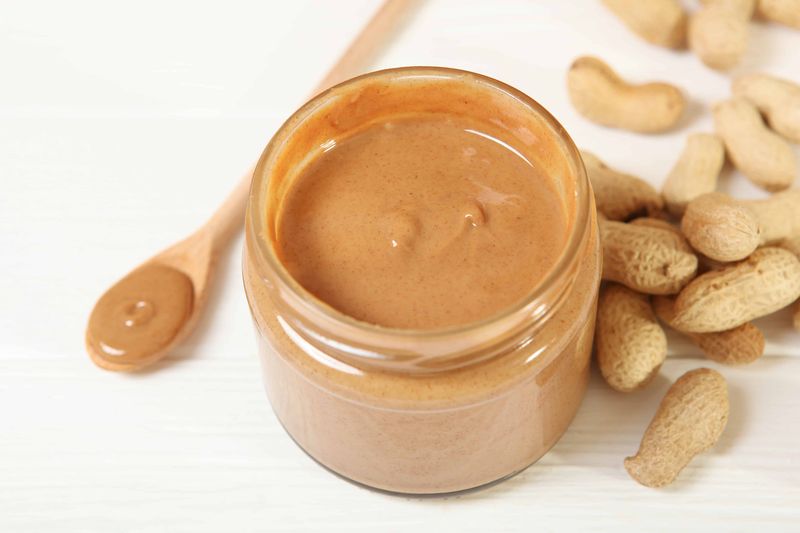
Peanut butter, beloved in many households, has seen its price jump due to rising nut costs and packaging hikes. This creamy or crunchy staple is now feeling more premium, with even basic jars becoming more expensive. Whether spread on bread or used in recipes, its versatility is matched only by its increased cost. Families that rely on peanut butter for quick snacks or school lunches are particularly impacted. Shoppers are exploring store brands or alternative nut butters as they navigate these changes. Its role in sandwiches and snacks remains essential.
16. Fresh Berries
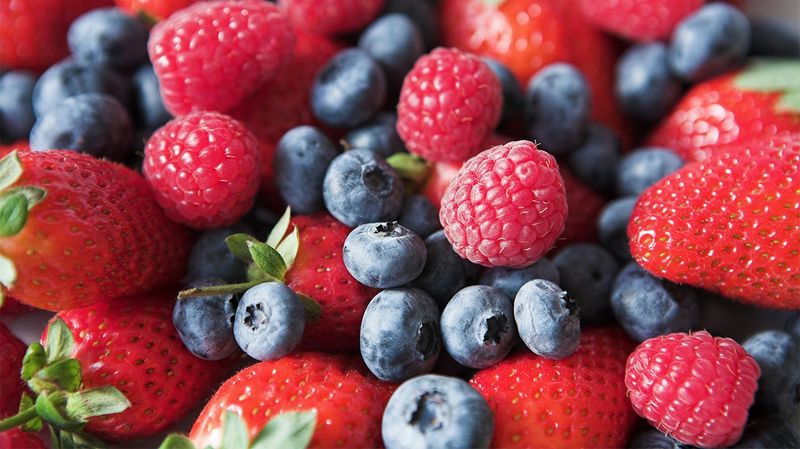
Juicy, sweet, and packed with antioxidants, fresh berries like blueberries, strawberries, and raspberries have nearly doubled in price in some markets. Seasonal availability, transportation, and labor challenges are key factors in this increase. Whether added to yogurt, cereal, or desserts, these vibrant fruits are a beloved but now costly treat. Families that enjoy fresh berries daily are feeling the financial impact, leading some to opt for frozen alternatives. The refreshing taste and health benefits make them desirable despite the higher price tag.
17. Lettuce & Leafy Greens
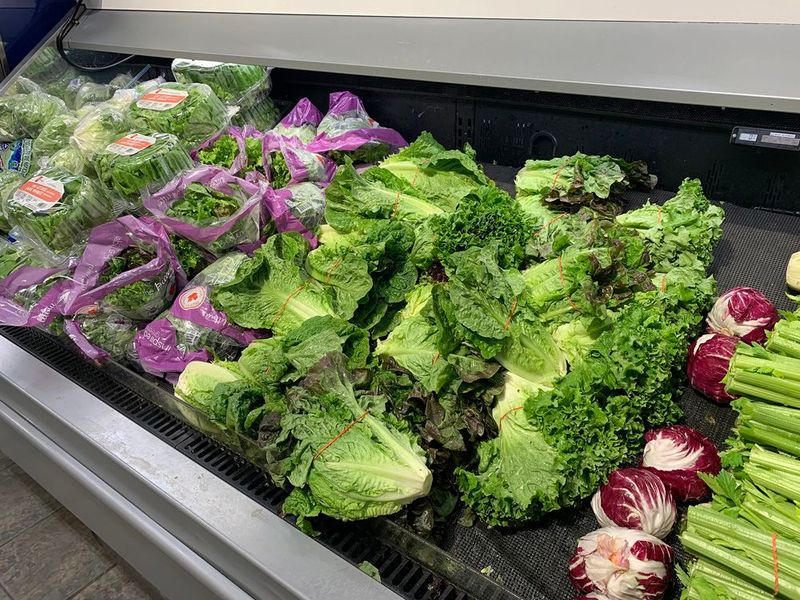
Lettuce and leafy greens, essential for salads and wraps, have become more expensive. Drought conditions, transportation challenges, and increased demand contribute to this rise. A head of romaine or a bag of spring mix now costs much more, affecting both home cooks and restaurant operators. The crunch and freshness that these greens add to meals make them indispensable. With prices climbing, shoppers are considering growing their own greens or exploring seasonal farmers’ markets for better deals. The impact is felt in both everyday meals and special occasions.
18. Potatoes
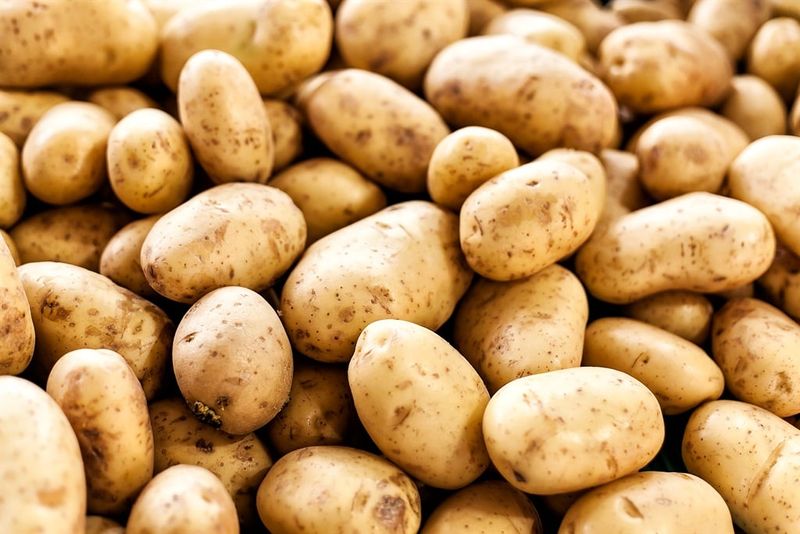
Potatoes, once a budget-friendly staple, have seen a steady increase in price. Russets, reds, and sweet potatoes are all more expensive now, influenced by factors like farming costs and demand. Whether mashed, roasted, or made into fries, potatoes are a versatile and beloved part of many meals. Their rising cost is felt by households that rely on them for affordable, filling dishes. The impact is evident in grocery bills, prompting some to explore alternative side dishes. Potatoes’ role as a comfort food remains strong despite the price hike.
19. Onions

Onions, a key ingredient in countless recipes, have experienced a price surge. Weather issues and crop shortages have affected supply, driving up costs. From soups to sautés, onions are a flavor cornerstone in many kitchens. The price increase is a challenge for home cooks and professional chefs alike, who rely on onions for their savory depth. Creative cooking solutions and ingredient substitutions are on the rise as consumers manage the higher cost. Despite the challenges, onions continue to be a staple, essential for countless culinary creations.
20. Canned Soup
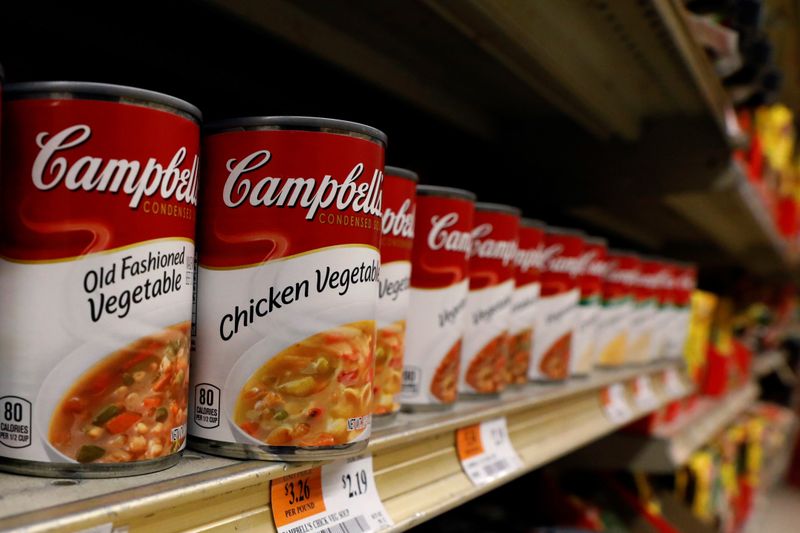
Canned soup, once a quick and affordable meal option, has become pricier. What was once a $1.25 pantry staple is now often $2.50 or higher, depending on the brand. The increase is due to ingredient costs, packaging expenses, and supply chain disruptions. Whether enjoyed as a comforting winter meal or a quick lunch, the higher price is noticeable. Shoppers are increasingly looking for sales or exploring homemade soup options to offset the cost. Despite the price, the convenience and variety of canned soups keep them popular in many households.
